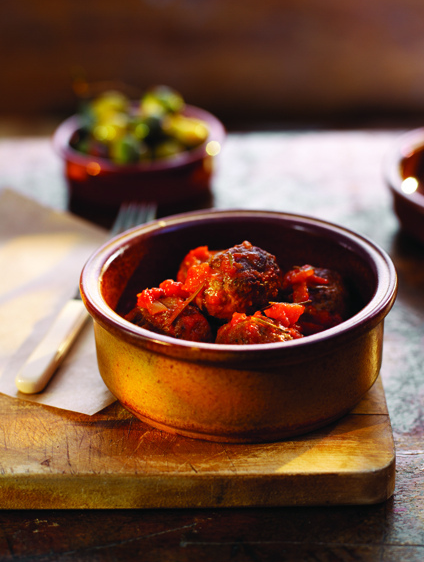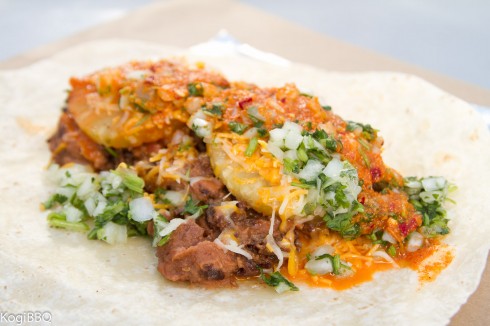Celebrated in Mexico and select locations in the United States, Día de los Muertos (Day of the Dead) is a holiday that takes place October 31st through November 2nd. Día de los Muertos is used to honor the dead, whose spirits visit every year, once a year, in a traditional and festive way.

Pan De Muerto (Photo by: http://www.mexconnect.com)
On the outskirts of Mexico, relatives of the dead travel to the cemeteries in which their lost loved ones are buried, and they have a picnic consisting of their loved one’s favorite foods. Grave sites are often decorated with toys for the children who have passed away, and bottles of tequila for the adults.
If you are familiar with any Día de los Muertos celebration, you’ll probably find yourself most familiar with the tradition of transforming a room into an altar for the deceased relative. This is a tradition that is practiced in larger cities in Mexico and in the United States.

Día de los Muertos Altar (Photo by: http://www.mexicansugarskull.com)
Having taken Spanish classes since my freshman year in high school, I’ve had many opportunities to learn the history and origins of Día de los Muertos. As you may or may not have guessed, I find the most fascinating part of the tradition to be the food.
Just as families provide for lost loved ones at their grave sites, they provide favorite foods for their loved ones at the altars as well. So when the spirits make their yearly visit, they will be pleased by the food and drink you have left for them to enjoy. You may see different foods finding their place among different altars, but one food I guarantee you’ll see every time is “pan de muerto”, or “bread of the dead”.
Pan de muerto is a sweet bread that comes in many varieties. Mexican sweet bread is a blessing from the baking gods, and is a food that is certainly worth trying. This simple egg-bread topped with sugar, is the staple of a rich, cultural tradition. I suggest making pan de muerto a to-do on your list of things to bake this fall.
In addition to the different foods you will find associated with Día de los Muertos, there are ceremonies and events that take place to celebrate the lives of those who have passed away.
Enjoy!
– Gabrielle Castillo


